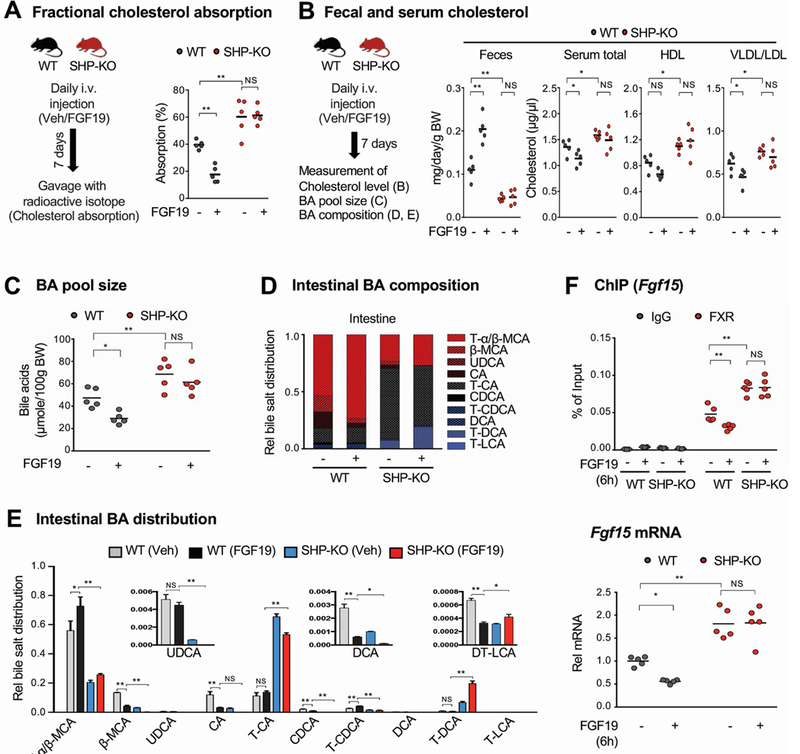Figure 5. Effects of 1-week treatment of FGF19 on cholesterol absorption excretion in WT and SHP-knockout mice.

(A-E) WT and SHP-knockout (KO) mice were treated daily with vehicle or FGF19 for 7 days and then caged individually. Mice were fasted overnight and refed normal chow for 24 h. (A, left) Experimental outline. (A, right) [14C]cholesterol and [3H]sitosterol were administered by gavage and 1 mg/kg FGF19 or vehicle was injected i.v. at the time of refeeding. Fractional cholesterol absorption was determined as described in the legend to Figure 1E. (B, left) Experimental outline. (B, right) Feces and serum were collected 24 h after refeeding and cholesterol and lipoproteins levels were measured. Fecal cholesterol levels are normalized to body weight. (C) The BA pool size was measured after pooling liver, gallbladder, and intestine (jejunum and ileum) tissues. (D-E) BA compositions were measured in the intestine (jejunum and ileum), and the relative distribution of intestinal bile acids is represented in the stacked bar chart (D) and the fraction of the individual bile acids in each of the mouse groups is plotted (E). (F) Mice were injected i.v. with 1 mg/kg FGF19 or vehicle and 6 h later the mice sacrificed and the jejunum and ileum were collected. (F, up) FXR occupancy at the Fgf15 promoter was measured by ChIP. (F, down) Fgf15 mRNA levels were measured by RT-qPCR. (A, B, C, E, F) Statistical significance was determined by two-way ANOVA with the FDR post-test, (SEM, n=5, *P <0.05, **P <0.01, NS, statistically not significant).
